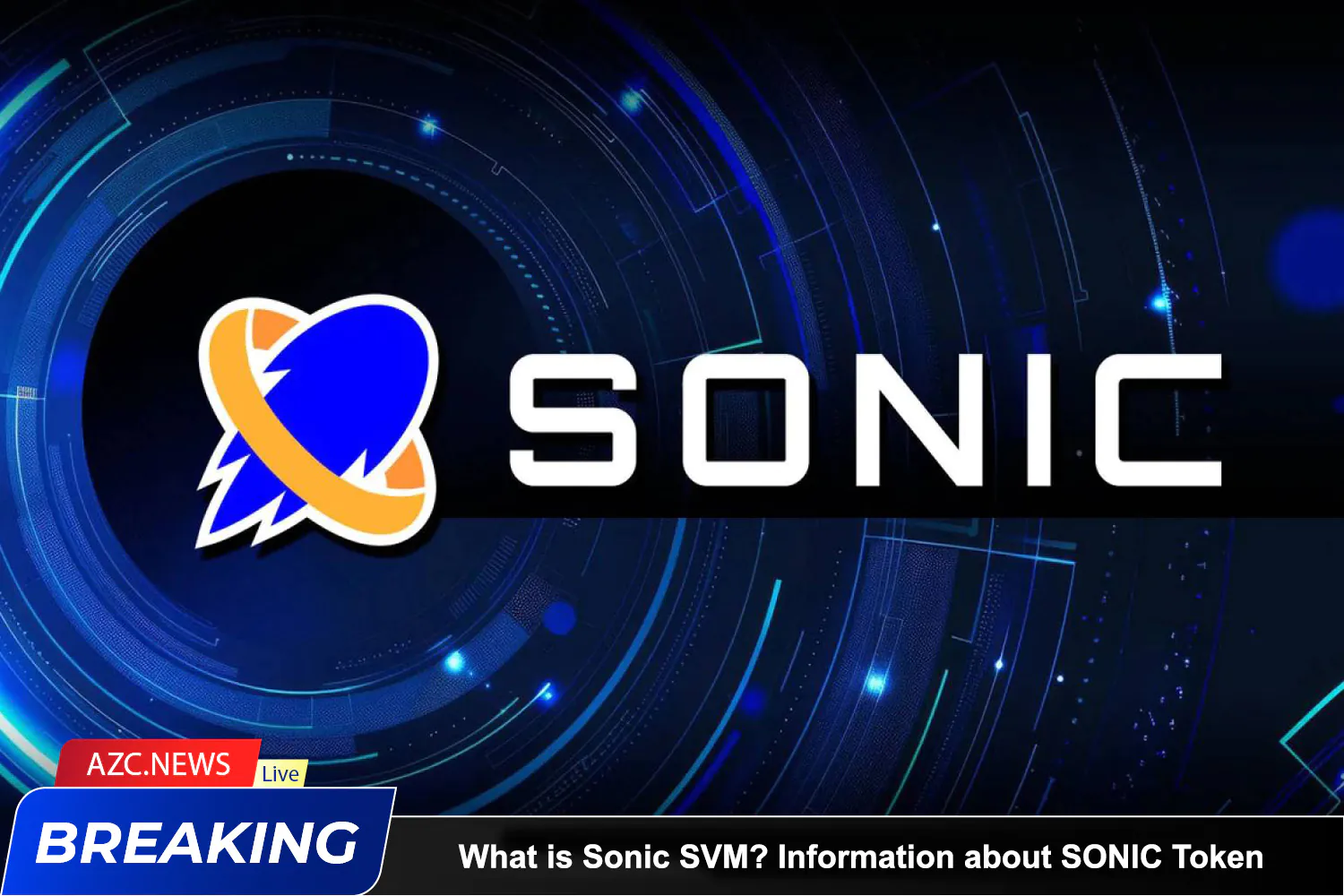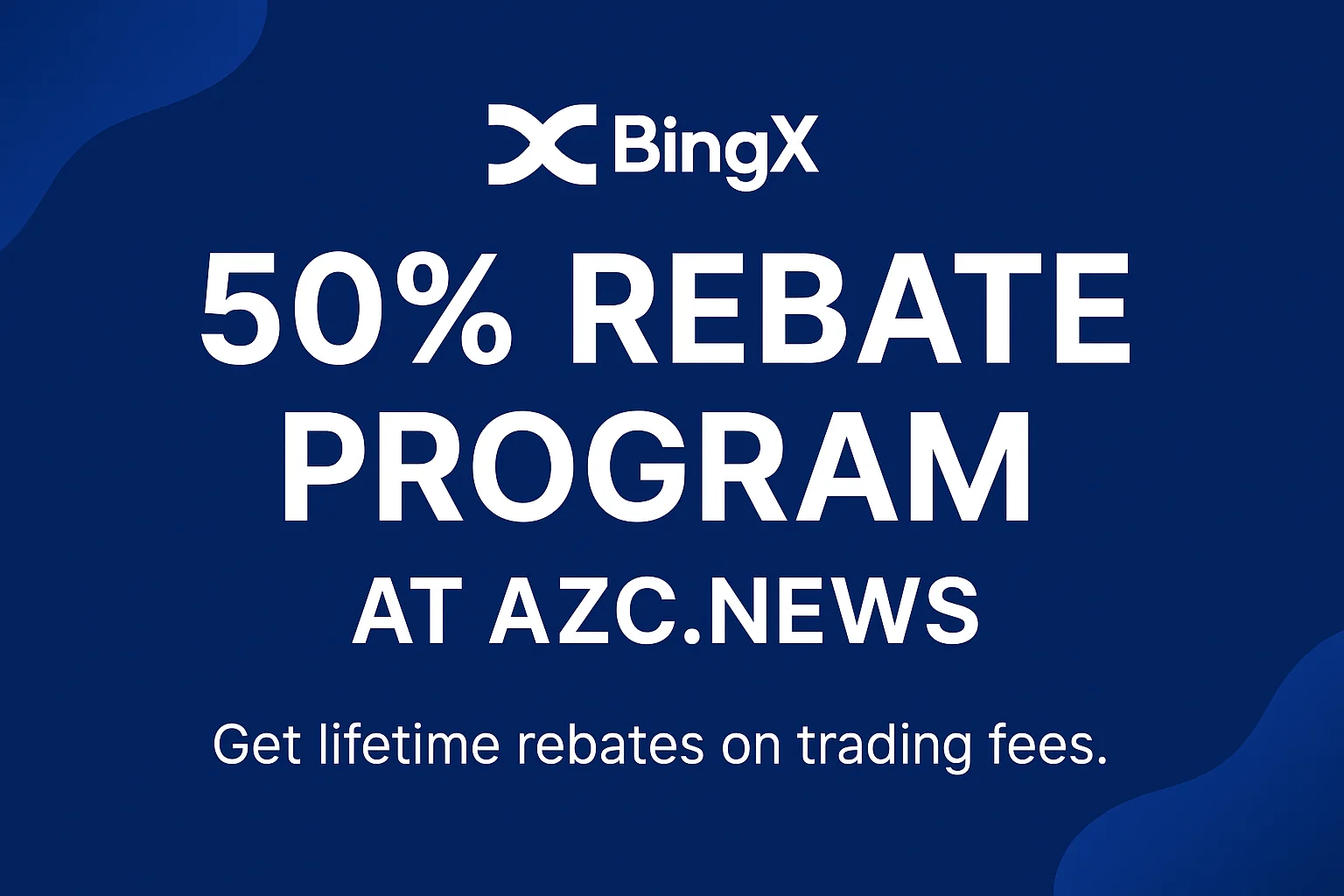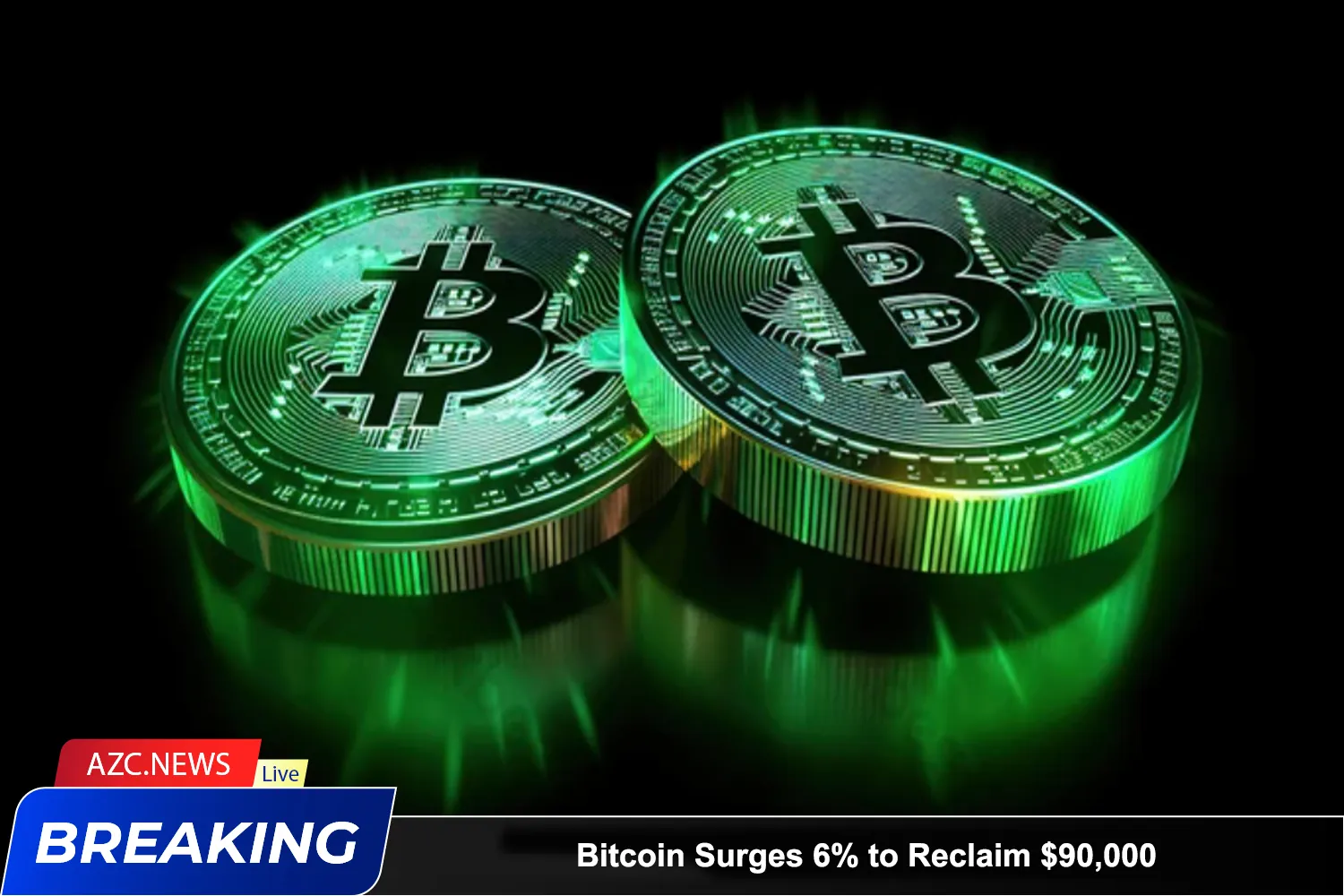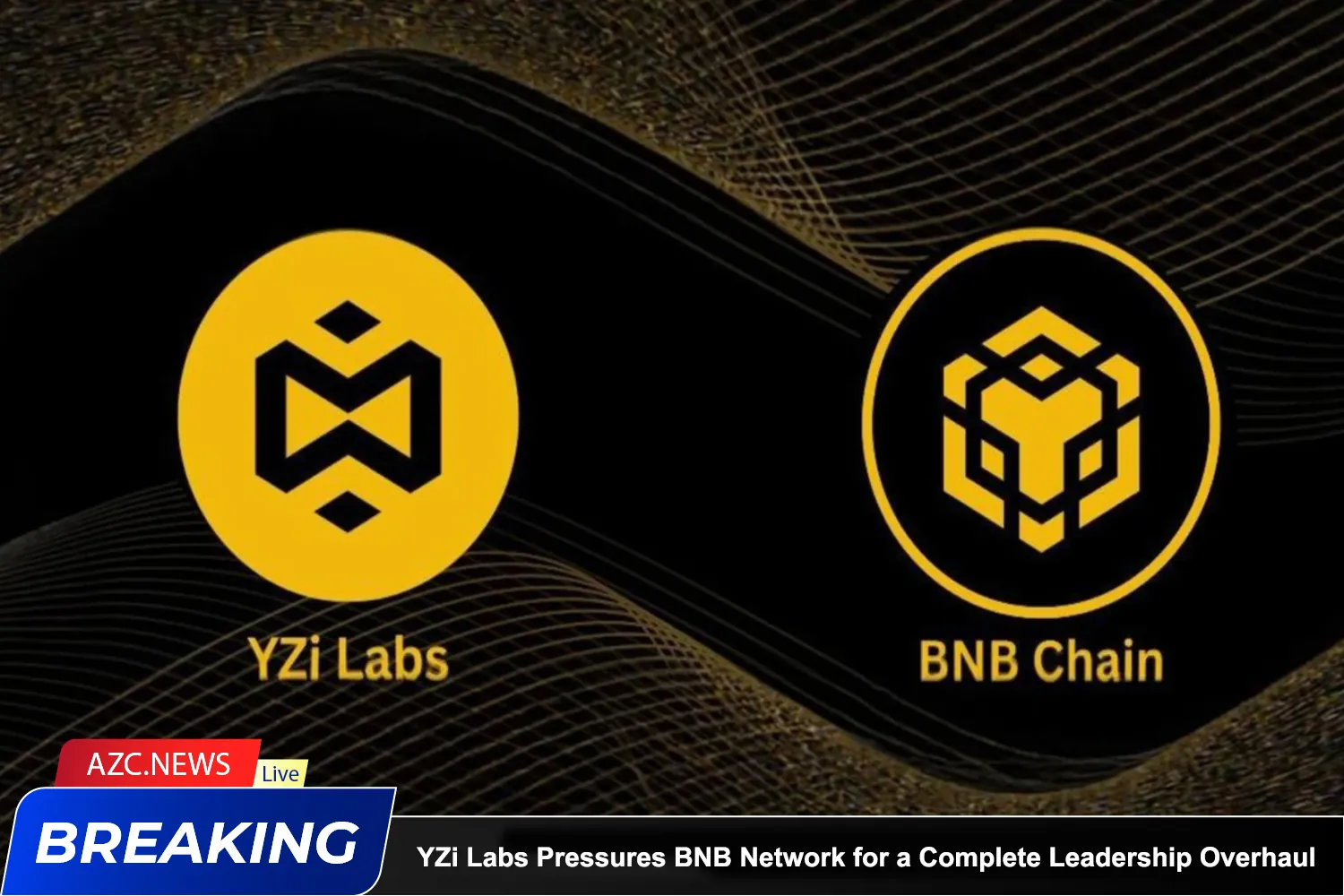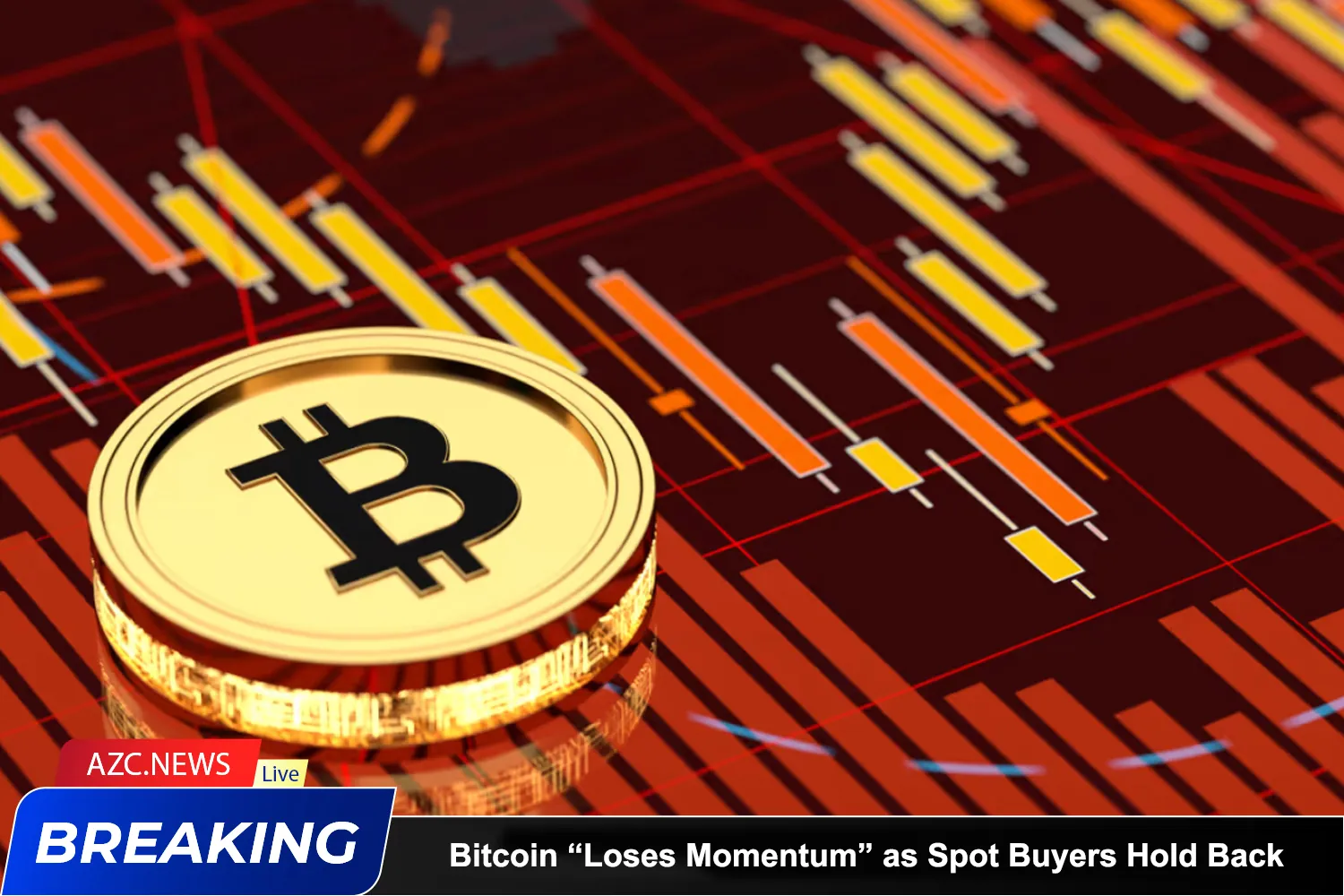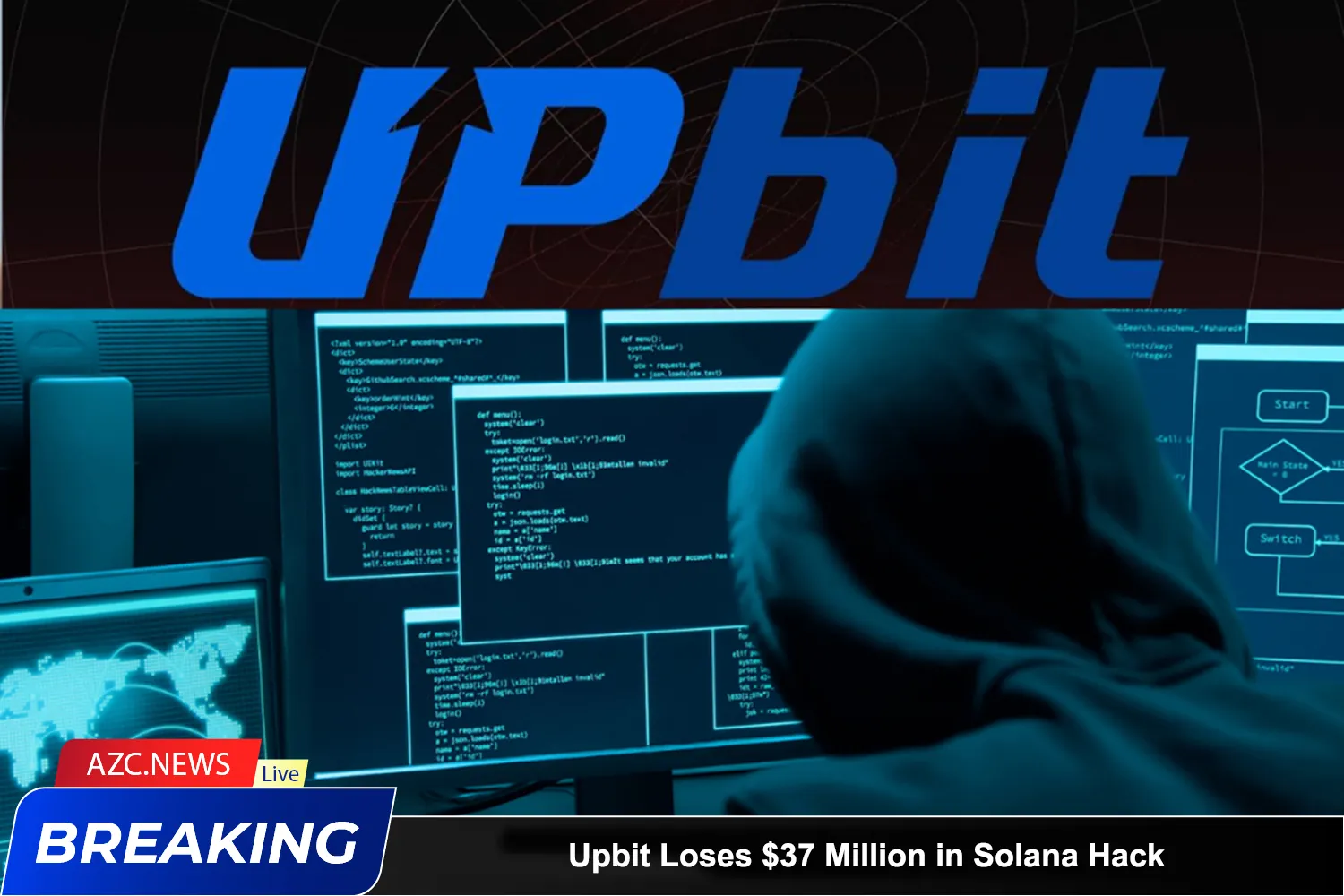1. What is Sonic SVM?
Sonic SVM is a layer-2 solution compatible with the Solana Virtual Machine (SVM), developed on the Solana blockchain and focused on the gaming sector.
The project is built on HyperGrid – the first scalable framework for Solana. Sonic is the first implementation of the Grid model coordinated by this architectural framework.

Combining the superior speed of Solana with the flexibility of modular architecture, Sonic aims to create a high-performance decentralized gaming world where thousands of Web3 games can be launched, offering a unique and outstanding experience compared to traditional games.
Related: What is BIO Protocol? Information about BIO Token
2. How Sonic SVM Works
The Sonic SVM technology is based on HyperGrid. HyperGrid is a specialized rollup system designed to enable the blockchain to achieve near-infinite transaction throughput through horizontal scaling, while maintaining the decentralization and security of the network.
2.1. HyperGrid Structure

HyperGrid consists of two main components:
- Grids: These are SVM-based rollups, optimized for transaction processing performance. Each Grid is a separate processing space responsible for handling transactions and compressing data before transmitting information.
- HyperGrid Shared State Network (HSSN): This is a shared validation network for all deployed Grids, serving as an interface for the Grids to interact with each other. HSSN ensures consensus, verifying that all data from Grids sent to Solana is accurate and without conflicts or duplication.
2.2. Transaction Processing Flow in HyperGrid

HyperGrid processes transactions through the following 5 steps:
- Receive and Process Transactions: Transactions are sent to the respective Grid, where computations are performed and transaction states are updated.
- State Compression: State changes are aggregated and compressed into a Merkle Tree. The entire transaction is condensed into a Merkle Root, reducing storage and speeding up future verifications.
- Proof Generation: Each Grid creates a proof to confirm that transactions and states have been processed correctly. Each time a new block is created, the state is updated, forming a new Merkle Root that represents the entire Grid’s state at that moment.
- Proof Verification: The proofs from the Grids are sent to HSSN for verification to ensure accuracy and no conflicts between states. HSSN uses random sampling to detect fraudulent behavior.
- Submit Data to Layer-1: After verification, HSSN submits the proofs to Solana’s layer-1, where they are finally confirmed through the network’s validation programs.
3. Key Features of Sonic SVM
- Lightning Speed at Low Cost: Sonic offers an ultra-fast gaming experience on-chain, surpassing all other layer-1 platforms thanks to the SVM technology.
- Atomic Interoperability: Perform transactions on Sonic without redeploying programs or accounts from Solana. Directly leverage Solana’s Base Layer services and liquidity.
- Write for EVM, Execute on SVM: Easily deploy dApps from EVM-based blockchains to Solana via HyperGrid’s interpreter.
- Composable Gaming Primitives & Sandbox Environment: Sonic provides native composable gaming primitives and extensible data types based on the ECS framework on-chain. Sandbox tools allow developers to experiment and build business logic on-chain flexibly.
- Monetization Infrastructure: Sonic integrates growth, traffic, payment, and settlement infrastructure for games, optimizing revenue generation.
4. Team

Sonic SVM is developed by Mirror World Labs, a technology company specializing in providing scalable solutions on the Solana network. The founder and CEO of Mirror World Labs is Chris Zhu, a Chinese entrepreneur with extensive experience.
Before founding Mirror World Labs in September 2021, Chris Zhu worked at renowned companies like Hike Capital and ByteDance (the parent company of TikTok), where he gained valuable knowledge and skills in technology and investment.
5. Investors

Sonic SVM raised a total of $16 million through two rounds of funding with the participation of prominent investment firms such as OKX Ventures, Republic, Galaxy Interactive, and Bitkraft Ventures.
- March 11, 2022 (Seed Round): Successfully raised $4 million from investment firms like OKX Ventures and Republic.
- June 18, 2024 (Series A Round): Successfully raised $12 million from OKX Ventures and Bitkraft Ventures.
Additionally, Sonic SVM secured $12.8 million through the direct sale of nodes to the community, promoting decentralization and active user participation.
6. Sonic SVM Airdrop
The project also conducted an official airdrop to reward users who participated in the Odyssey testnet experience.
7. Roadmap
After launching the token on January 7, 2025, Sonic SVM will continue to implement important plans to complete the ecosystem and scale its operations. The detailed roadmap is as follows:
Q1/2025
- Launch HyperGrid Shared State Network
- Deploy Sonic SVM Genesis
- Secure and enhance HyperGrid operations
Q2/2025
- Deploy Mainnet-Alpha
- Launch SonicX
- Integrate key assets like SOL, sSOL, sonicSOL, and stablecoins to enhance liquidity capabilities.
- Integrate HSSN validators.
8. Overview of SONIC Token
8.1. Basic Information
- Token Name: Sonic SVM
- Token Symbol: SONIC
- Blockchain: Solana
- Smart Contract: Updating
- Listing Date: January 7, 2025
- Total Supply: 2,400,000,000
- Max Supply: 2,400,000,000
- Circulating Supply: 360,000,000 (15%)
8.2. SONIC Token Allocation

- 30%: Ecosystem & Community
- 7%: Initial Claims
- 20%: Sonic HyperGrid Rewards
- 20%: Foundation
- 8%: Early Supporters
- 15%: Investors
8.3. SONIC Token Distribution Schedule

The SONIC Token will be distributed over 6 years, until all tokens are in circulation. The majority of the supply will be allocated to the community.
No tokens for the team and investors will be unlocked in the first 12-18 months after the launch. Locked tokens cannot be staked during this period.
8.4. How SONIC Token Is Used
SONIC is not just an ordinary token; it is the fuel for the entire Sonic ecosystem, with utilities across:
- Payment Currency: Used to purchase in-game assets on Sonic SVM.
- Staking: Contributing to the network and earning rewards.
- Governance: Participating in key decisions through SONIC or $VeSONIC.
- Validator Delegation: Supporting the HyperGrid Shared State Network (HSSN).
8.5. Where to Buy SONIC Token?
From January 7, 2025, investors can buy or sell SONIC tokens on major exchanges such as OKX and Bybit.
9. Sonic SVM (SONIC) Potential Evaluation
- Outstanding Technology: Sonic SVM uses HyperGrid, SVM compatibility, and Modular Design with the goal of integrating many applications and scaling up to thousands of Web3 games.
- Support from Solana: As the first layer-2 project on Solana, Sonic benefits from Solana’s existing ecosystem, assets, liquidity, and community.
- Successful Fundraising: Sonic successfully raised $16 million from major funds like OKX Ventures, Bitkraft Ventures, and Galaxy Interactive.
- Rational Tokenomics Allocation: Most tokens are allocated to the ecosystem and community, ensuring decentralization and encouraging practical use.
10. Conclusion
Above, we have introduced Sonic SVM, a promising project with advanced technology, focusing on gaming – an area with high growth potential in blockchain. However, Sonic’s success depends on its ability to execute the roadmap, build the ecosystem, and tackle competition. Investors should closely monitor the project’s progress to make informed investment decisions.

